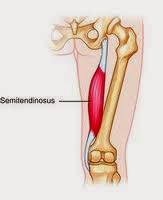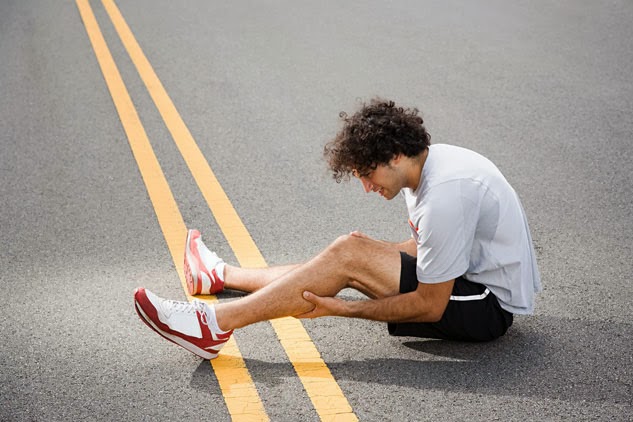The Dodgy Hamstring

This blog article is going to help you to understand more about your dodgy hamstring. It will look at the evidence that is out there, to hopefully reduce the risk of injuring it in the first place and to help you to recover and get back your sport faster. Firstly what are the hamstrings? They are group of muscle at the back of your upper leg. Semitendinosus: Attaches from the Ischial tuberosity to superomedial aspect of tibia. Its principle actions are Hip extension, knee flexion and medial rotation of knee in knee flexion. Semimembranosus: Attaches from the Ischial tuberosity to posterior aspect of medial condyle of tibia. Its principle actions are Hip extension, knee flexion and medial rotation of knee in knee flexion. Biceps Femoris: There are two parts, The long head and the short head. The Long head attaches from the ischial tuberosity and short head from the linea aspera and lateral supracondylar line of femur to lateral aspect of head of fibul

